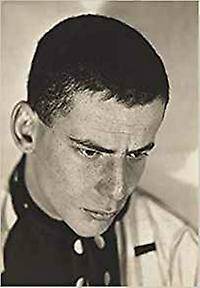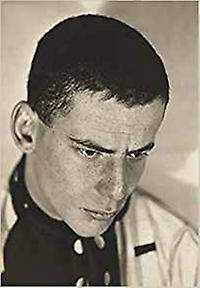
- Retrait gratuit dans votre magasin Club
- 7.000.000 titres dans notre catalogue
- Payer en toute sécurité
- Toujours un magasin près de chez vous
- Retrait gratuit dans votre magasin Club
- 7.000.0000 titres dans notre catalogue
- Payer en toute sécurité
- Toujours un magasin près de chez vous
Description
Kirstein was cofounder of the New York City Ballet and a key figure in MoMA's history, shaping American culture in the 1930s and '40s
Lincoln Kirstein was a polymathic writer, critic, curator and impresario: a key connector and an indefatigable catalyst whose sweeping contributions to American cultural life in the 1930s and '40s shaped artists and institutions. Best known for cofounding the New York City Ballet, he is also a crucial figure in the Museum of Modern Art's early history. He championed photography and figurative art; established the Museum's short-lived Dance Archives and curatorial department of Dance and Theater Design; acquired a significant trove of Latin American art for the collection; and contributed an alternative vision to a museum known for its devotion to abstraction.
Published in conjunction with an exhibition devoted to Kirstein's expansive view of modern art, this volume also explores his wide-ranging and overlapping professional and social networks in New York City and beyond. The richly illustrated book features paintings, drawings, sculptures, photographs and costume and set designs by artists including Antonio Berni, Paul Cadmus, Walker Evans, Raquel Forner, Jared French, Frances Benjamin Johnston, Gaston Lachaise, George Platt Lynes, Elie Nadelman, Ben Shahn, Honoré Sharrer, Pavel Tchelitchew and Joaquín Torres-García. Lincoln Kirstein (1907-96) has been called "the closest thing to a Renaissance man of culture that 20th-century America has produced." He founded three journals (Hound & Horn, Dance Index and Films), and, with the Russian-born choreographer George Balanchine, established the New York City Ballet in 1948. He organized exhibitions and contributed to accompanying catalogues, authored ballet librettos, and published novels, memoirs and poetry, as well as extensive criticism on painting, sculpture, photography, film, dance, theater and literature.Spécifications
Parties prenantes
- Auteur(s) :
- Editeur:
Contenu
- Nombre de pages :
- 200
- Langue:
- Anglais
- Illustré:
- Oui
Caractéristiques
- EAN:
- 9781633450820
- Date de parution :
- 23-04-19
- Format:
- Livre relié
- Format numérique:
- Genaaid
- Dimensions :
- 239 mm x 274 mm
- Poids :
- 1292 g

Les avis
Nous publions uniquement les avis qui respectent les conditions requises. Consultez nos conditions pour les avis.






